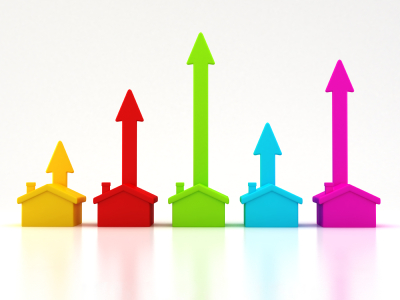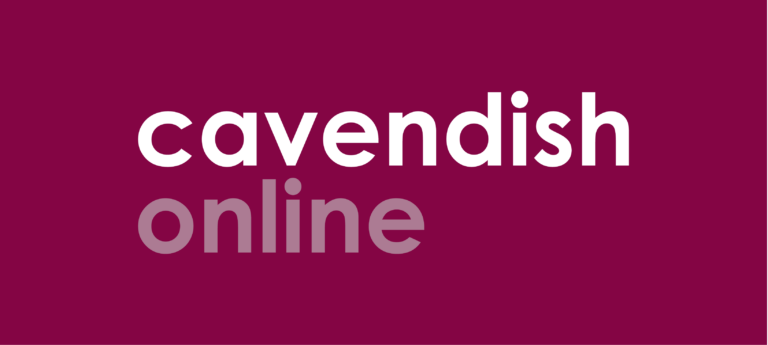The cost of buying a house in Northern Ireland has increased by more than 4% in three months.
The average price of a home has increased to £123,000 according to the Office of National Statistics (ONS) for July.
This has increased from £118,000 in May and the figures stabilised in June.
Throughout the UK the average price of a house have risen by £17,000 in a year and this growth is continuing, according to the official report.
The chief economist at PwC in Northern Ireland, Esmond Birnie, has commented that the latest house price data highlights prices grew by 4% in the year to July.
“That is a marked deceleration and the Northern Ireland rate of growth is half the UK average, albeit that is buoyed up by the south east of England,” he said.
The common property value was originally around £217,000 in July, indicating an 8.3% year-on-year increase, the ONS has reported.
Furthermore, properties have also increase by £1,000 comparing to the previous month.
Although to 8.3% rate of annual growth would be considered a slowdown compared to the 9.7% recorded in June, it continues “the strong growth seen since the end of 2013”, the report said.
The average buying price of a house in England is currently £233,000, where in Wales the average price is £145,000 and £144,000 in Scotland.
Throughout the areas of England, London continues to come top with the highest average house price at a massive £485,000, which is then followed by the South East and East of England, where their house prices stand around £313,000 and £274,000 respectively.
The lowest average house price remains in the same area of North East at £130,000.
The East of England reported the strongest growth with their prices increasing by 13.2% in the year to July 2016.
Growth in London has also remained high matching at 12.3%, the ONS said.
The UK house price index commented that even with the strong growth, there have been signs that some of the heat has been removed from the market, with several indicators pointing in the direction of weaker housing demand and supply in recent months.
With regards to the demand side, the number of lending approvals for house purchases decreased by 5.1% in July 2016 compared to the previous month, which has continued the downward trend since the start on the year.
Recent reports have suggested that the recent stamp duty hike for buy-to-let as well as the Brexit leading to a quieter housing market.
Jeremy Lead, an estate agent from North London and a former residential chairman for the Royal Institution of Chartered Surveyors, commented: “It is surprising that the index does not record more of a slowdown in price growth.”




